The bounty of food we can find on supermarket shelves across Europe is the result of knowledge accumulated over thousands of years by generations of farmers.
But with the global human population likely to increase by 2.2 billion over the next 30 years to reach 9.8 billion, there will be a lot more mouths to feed. At the same time, farmers face growing this extra food while using less water, land, fertiliser and pesticides.
Agriculture alone is responsible for slightly more than 10% of greenhouse gas emissions and 44% of water use in Europe while pesticide use has a major impact on pollinators and the wider ecosystem.
To meet these challenges, farmers across Europe have been teaming up with researchers and engineers to develop new technologies they hope will usher in an era of ‘precision farming’. With networks of sensors installed in fields or attached to animals, they can gather real-time data about the health of their crops and herds, allowing them to make better decisions about how to manage them.
‘We need to solve the environmental footprint of the agricultural system by doing more with the same resources or even with less,’ said Francois Lienard, communications manager for the Internet of Food and Farm 2020 (IoF2020) project. The project has been coordinating a series of experiments where sensors, farm machinery and automated equipment are linked together to form an agricultural ‘internet of things’.
Dairy cows
In one example, 2,200 dairy cows across six farms in Denmark, Germany, Latvia and Lithuania have been fitted with ear tags with a wireless radio frequency identification antenna to identify each animal when they visit a smart robotic feeder. The feeder can detect when the cow sticks its head into the feeder and records the time each cow visits, along with exactly what dose of mineral feed supplements they were given.

‘We need to solve the environmental footprint of the agricultural system by doing more with the same resources or even with less.’
Francois Lienard, Internet of Food and Farm 2020

The diet of dairy cows before they give birth and for 100 days after calving is particularly important for keeping them healthy and ensuring the quality of the milk they produce, which is where mineral supplements can help.
Poor health in dairy cows can impact their fertility and so reduce the number of animals able to produce milk as well as impact the quality of the milk itself.
Preliminary results, which have yet to be published, show that milk yield in herds using smart ear tags and feeders increased by 1% but also improved milk quality by 20%. At the same time, the number of diseased animals decreased by 6% compared to a herd without the tags and the number of cows culled due to health problems was 24% lower.
Controlling the minerals eaten by cows can also reduce the amount of ammonia and phosphate shed in their manure, which can impact the quality of water that runs off fields.
Being able to monitor a cow’s visits to a feeder allows farmers to spot any animals that are not eating enough. The feeder is connected to a cloud-based system that can then automatically tailor the amount of supplements and feed each animal gets. It also provides further information about the cows’ behaviour and health by looking at changes in their activity. Some of the project partners at Strathclyde University, UK, and the Waterford Institute of Technology in Ireland are using collar-mounted accelometers and step-counters along with artificial intelligence to further monitor animal health from their movements and look for early signs of illness such as lameness in individual cows.
‘We know that the activity level of a dairy cow increases substantially during heat (while in estrus), whereas decreased activity is caused by illness,’ said Henning Lyngsø Foged, chief executive of the Organe Institute, an agricultural research consultancy in Skødstrup, Denmark, and coordinator of a precision mineral supplementation experiment under IoF2020.
Crop
But the internet of things could also help those farmers trying to grow arable crops. Among IoF2020’s 33 experiments are solar powered, wireless sensors that monitor the soil moisture, nutrient content, humidity and the weather conditions in different ‘zones’ of a field so farmers can precisely tweak how their crop grows.
‘If in the upper north west corner of a field, the soil moisture or humidity is not optimal, the farmer will know they only need to water that specific part rather than the whole field,’ said Lienard. ‘It can save them a lot of water and time.’
The same approach can help to reduce the amount of fertiliser and pesticide needed on fields. Specialised thermal and spectroscopic imaging cameras can be used to detect the early signs of pests or diseases, and help to reveal the growth rate of the plants.
‘For instance, in one vineyard we have a spectrographic camera attached to a tractor that takes pictures of every single vine plant,’ said Lienard. ‘By analysing the picture it is possible to detect different shades of green that show if the plants lack nutrients or water. It can also detect the insect levels on the leaf.’ The machine then creates a map showing insect levels to help the farmer understand where to take action, he says.
Another challenge facing vineyards is the growth of grass and weeds between the vines, which can rob them of water and nutrients. One approach is to use robotic mowers that can trundle along the rows, to trim the grass as close as possible to the vines without damaging them.
This technology is being developed as part of another Europe-wide project called SmartAgriHubs, which is seen as the successor to IoF2020 when the four-year-long project ends in December. It has brought together a consortium of 160 research institutes and partners from the agriculture and food industry agriculture to work together in 206 digital innovation hubs around Europe. Together they have been working on 28 experiments aimed at testing new technologies in real farming situations so they can be eventually commercialised.
Pig farms
Among these are projects aimed at reducing antibiotic use on pig farms by using wearable sensors on the animals to monitor their health. Others use miniature sensors that measure bee movements in commercial honey hives.
‘Using artificial intelligence, it is possible to make predictions about this behaviour, which can be combined with temperature and humidity to look for any problems,’ said Lorena van de Kolk, communications manager on SmartAgriHubs. Armed with this information, beekeepers can be alerted to diseases such as varroa mite or issues caused by pesticide exposure in their bees.
One project in Andalucia, in southern Spain, is developing drone and ground-based robots that can image the foliage on olive trees and grape vines, which when analysed using artificial intelligence algorithms can detect the early signs of crop disease. Another is aiming to reduce the amount of water needed to irrigate crops in this drought prone part of Europe.
But while all this connected digital technology has potential to make farming more efficient and less environmentally harmful, there are a number of barriers that stand in the way of its implementation. ‘At the moment the investment needed is quite high and once you commit to a particular technology, you have to stick with that one as they are not often interchangeable,’ said Lienard.
Part of the IoF2020 project has been to establish standards that can apply to all digital technology developed for the agricultural industry so that farmers can swap freely between different products easily.
Beyond improving farmers’ ability to produce food, this digital farming approach could provide them with a new revenue stream by selling the data they collect to other organisations or companies.
‘Of course, there needs to be data security and a legal framework around that data,’ said Lienard.
‘But our hope is that it ultimately farmers will have a catalogue of solutions they can use to increase their yields, reduce their environmental footprint and save the farmers time.’
The research in this article was funded by the EU. If you liked this article, please consider sharing it on social media.

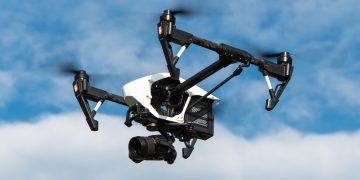



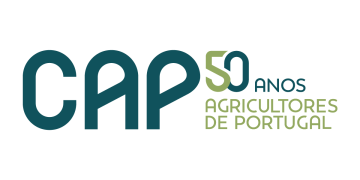

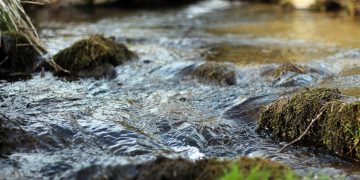










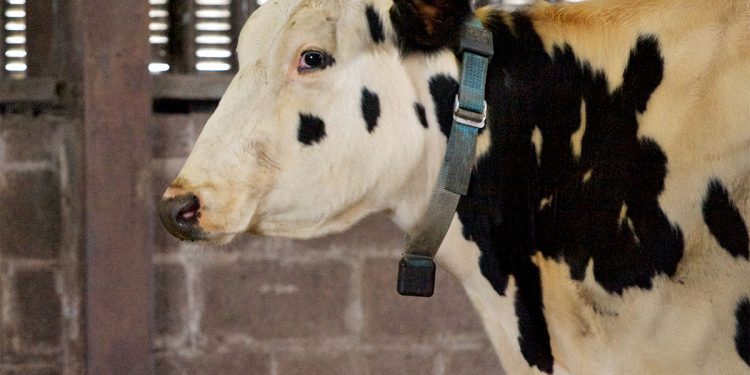
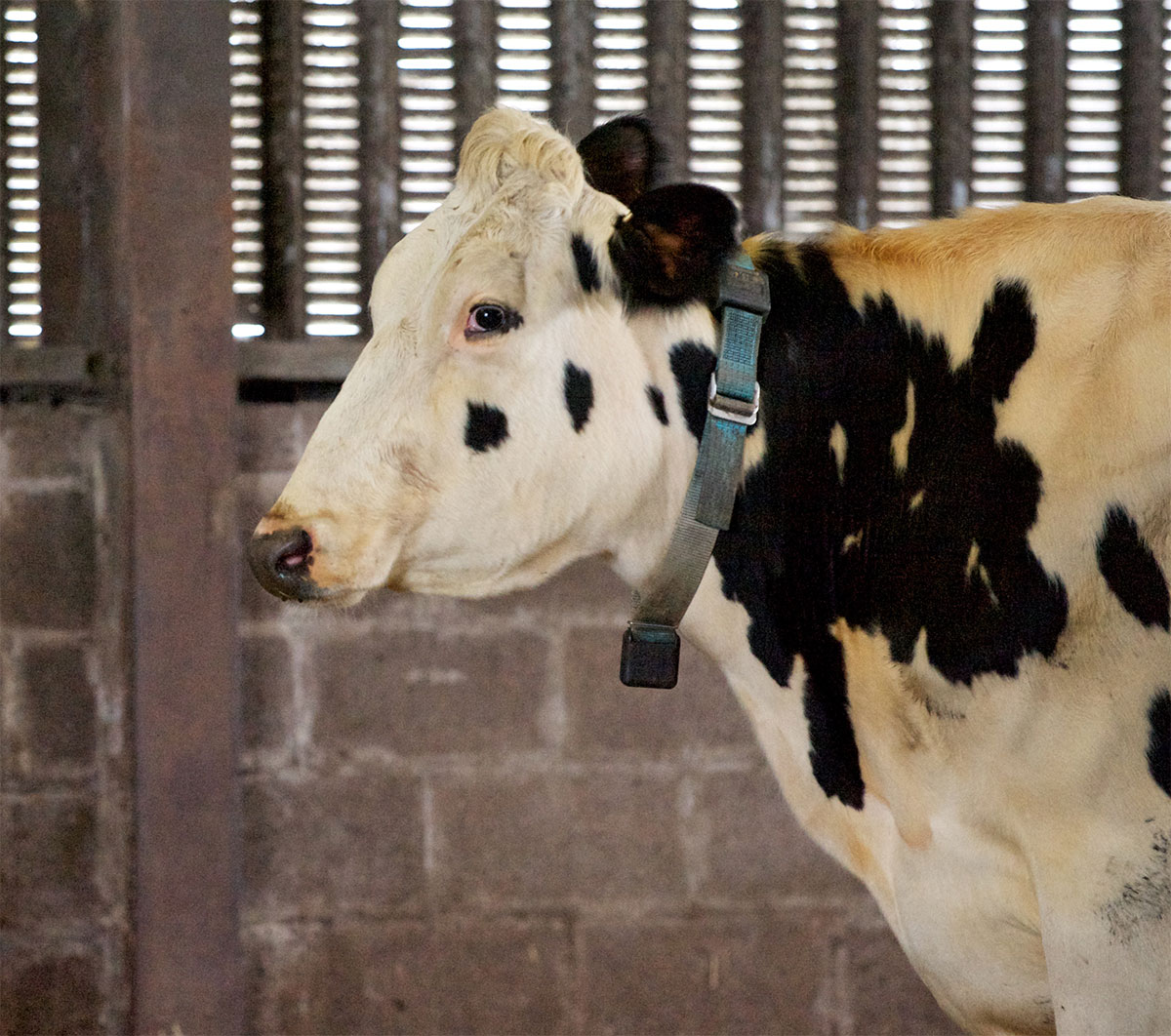
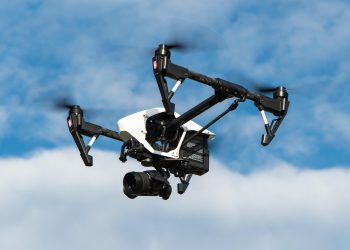



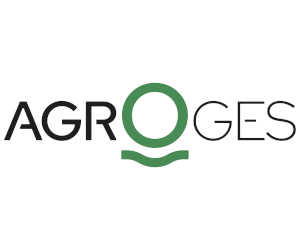

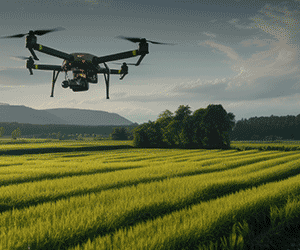


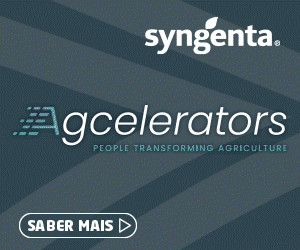





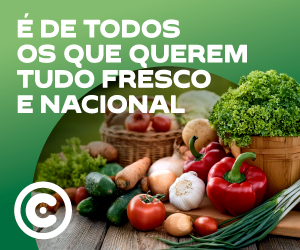
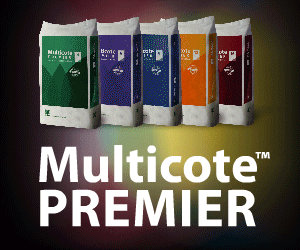
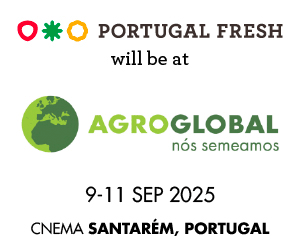



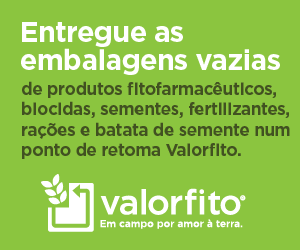
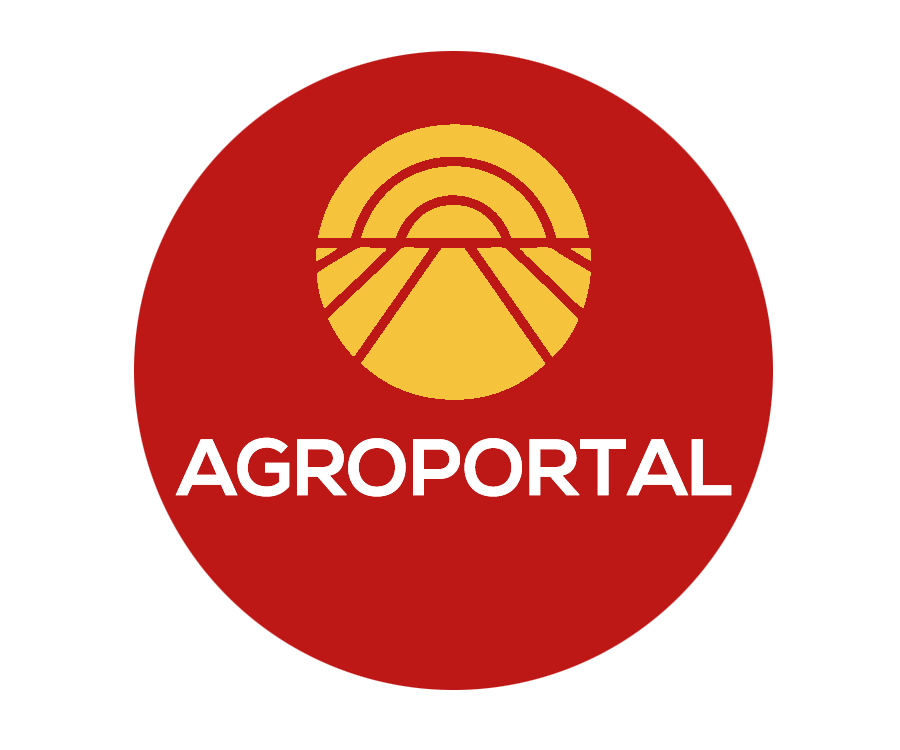
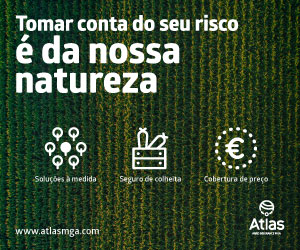
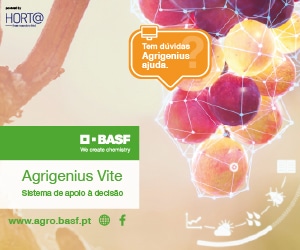





Discussão sobre este post